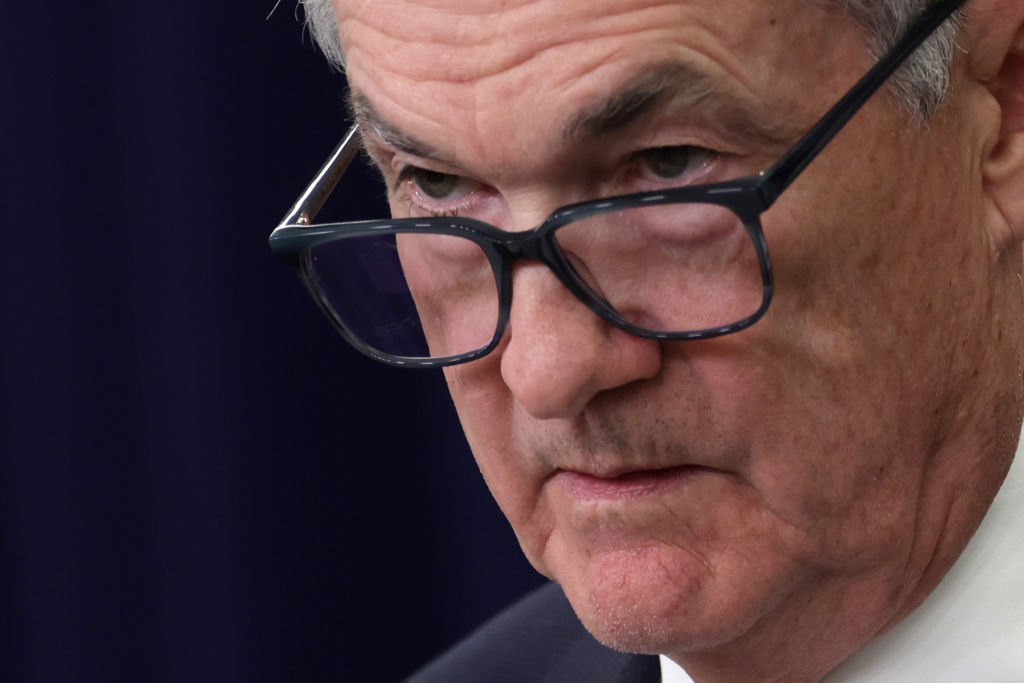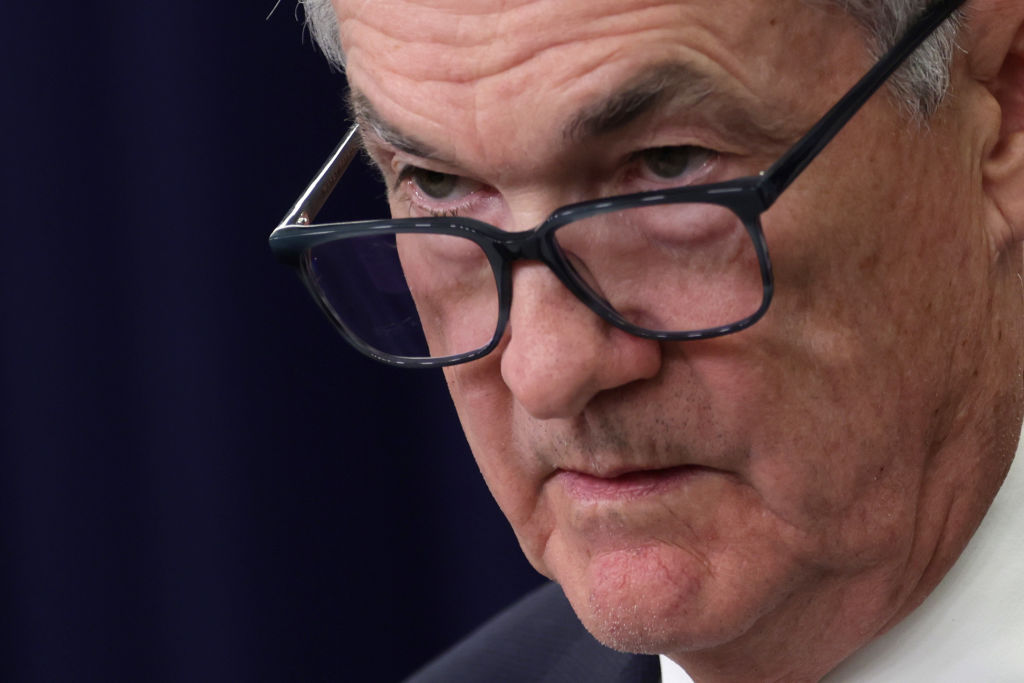ECB and Fed more concerned by risk of persistent inflation than slow growth, minutes suggest
The ECB and the Fed are more concerned about a premature easing in monetary policy than potentially squashing the economy.


The European Central Bank (ECB) and the US Federal Reserve are more concerned about a premature easing in monetary policy than potentially squashing the economy, minutes from the latest meetings show.
The ECB left interest rates on hold at its most recent meeting at the end of January and the minutes suggest the central bank is in no rush to change course just yet.
“All in all, members signalled that continuity, caution and patience were still needed,” the minutes from the meeting showed. Members broadly agreed that it was “premature to discuss rate cuts”.
“While the initial inflation shock had largely reversed, the task that lay ahead was the reversal of second-round effects, which might prove to be more stubborn,” the minutes said.
However, there was an acknowledgement that inflation is now getting much closer to the two per cent target, raising the possibility that the central bank will start easing borrowing rates later this year.
Inflation in the euro area fell to 2.8 per cent in January having come down from peaks of over 10 per cent.
“The risks to reaching the inflation target were seen as broadly balanced or at least becoming more even,” it said.
Carsten Brzeski, global head of macro at ING, said the ECB is on a “very cautious and gradual shift” which makes rate cuts in the spring “highly unlikely”. Markets think that cuts are more likely to come in the summer.
Minutes from the Fed’s latest meeting, released on Wednesday evening, displayed similar concerns.
“Most participants noted the risks of moving too quickly to ease the stance of policy and emphasized the importance of carefully assessing incoming data in judging whether inflation is moving down sustainably to two per cent,” the minutes said.
The Fed left rates on hold for the fourth consecutive meeting at the end of January but pushed back strongly against any expectation that rates would be lowered imminently.
At the beginning of the year, markets were convinced that the Fed would start cutting rates in March.
However, strong growth and the danger of persistent inflation has prompted policymakers to hold off on rate cuts. According to CME’s Fedwatch, the Fed is likely to start cutting interest rates in June.
“The key message from the minutes, which was also emphasized at the meeting, is that FOMC members need to see greater confirmation in the data that inflation is under control and the economy is cooling,” Isabel Albarran, investment officer at Close Brothers Asset Management said.


